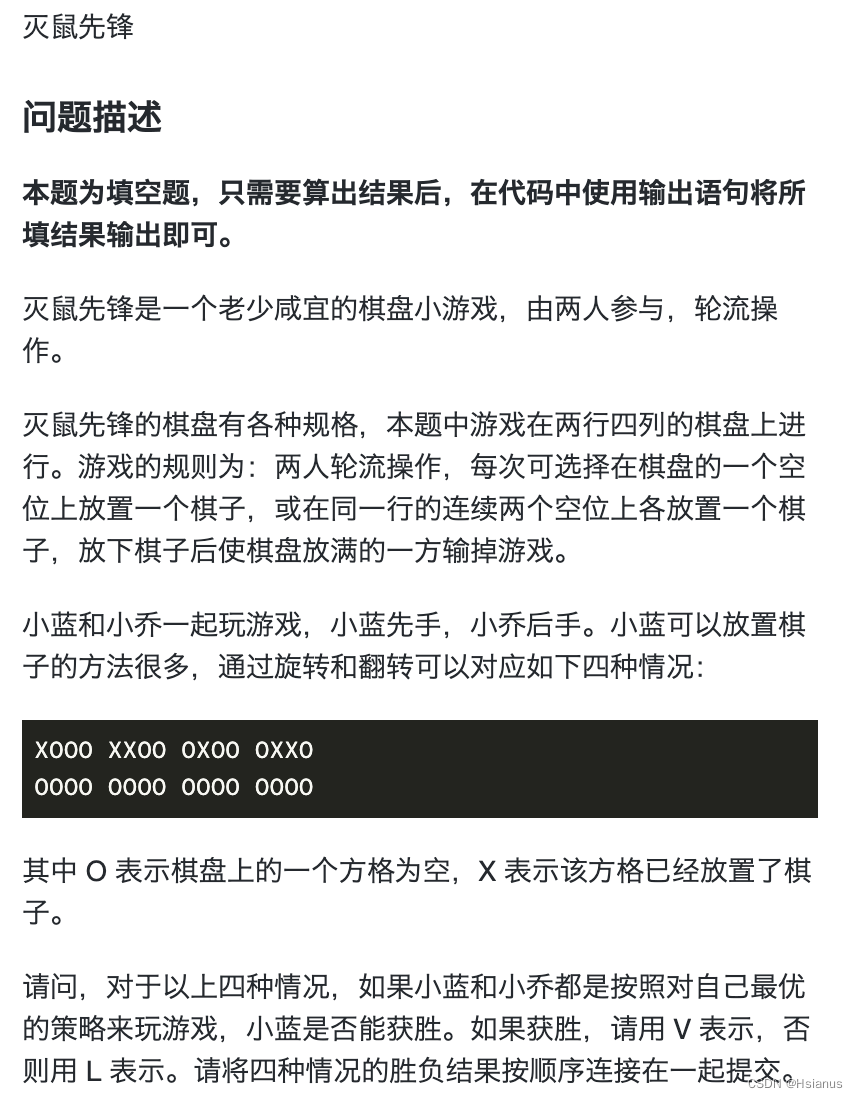Vuex 模块是将 store 分割成多个模块的一种方式,每个模块都有自己的状态、mutations、actions 和 getters。这有助于更好地组织和管理应用程序的状态。

创建模块:
首先,需要创建一个模块。可以在 store 中定义一个新的模块对象,例如:
const moduleA = {
state: {
// 模块 A 的状态
},
mutations: {
// 模块 A 的 mutations
},
actions: {
// 模块 A 的 actions
},
getters: {
// 模块 A 的 getters
}
}
注册模块:
然后,需要将模块注册到 store 中。可以使用 modules 属性来注册多个模块,例如:
const store = new Vuex.Store({
modules: {
moduleA
}
})
访问模块状态:
在组件中,可以通过模块名称来访问模块的状态。例如:
this.$store.state.moduleA
触发模块的 mutations 和 actions:
同样,可以通过模块名称来触发模块的 mutations 和 actions。例如:
this. s t o r e . c o m m i t ( ′ m o d u l e A / i n c r e m e n t ′ ) / / 触 发 模 块 A 的 i n c r e m e n t 突 变 t h i s . store.commit('moduleA/increment') // 触发模块 A 的 increment 突变 this. store.commit(′moduleA/increment′)//触发模块A的increment突变this.store.dispatch(‘moduleA/fetchData’) // 触发模块 A 的 fetchData 动作
使用模块的 getters:
模块的 getters 可以像访问 store 的 getters 一样使用。例如:
this.$store.getters[‘moduleA/isAuthenticated’]
模块的嵌套:
模块还可以嵌套,形成模块树。例如:
const moduleA = {
state: {
// 模块 A 的状态
},
modules: {
moduleB: {
// 模块 B 的状态、mutations、actions 和 getters
}
},
mutations: {
// 模块 A 的 mutations
},
actions: {
// 模块 A 的 actions
},
getters: {
// 模块 A 的 getters
}
}
命名空间:
如果有多个模块具有相同的 mutations 或 actions 名称,可以使用命名空间来区分它们。例如:
this. s t o r e . c o m m i t ( ′ m o d u l e A / i n c r e m e n t ′ ) t h i s . store.commit('moduleA/increment') this. store.commit(′moduleA/increment′)this.store.dispatch(‘moduleB/increment’)
模块的动态注册:
除了在创建 store 时注册模块,还可以动态地注册模块。例如:
store.registerModule(‘moduleC’, {
// 模块 C 的状态、mutations、actions 和 getters
})
热重载:
当使用 Vuex 模块时,热重载可能会遇到一些问题。为了确保热重载正常工作,需要正确处理模块的注册和卸载。
这是一个简单的 Vuex 模块示例,展示了如何创建和使用模块。通过将状态、mutations、actions 和 getters 分组到模块中,可以更好地组织和管理应用程序的复杂状态。
请注意,这只是 Vuex 模块的基础示例,实际应用中可能会涉及更复杂的状态管理和模块间的交互。根据项目的需求,你可以进一步扩展和定制模块的功能。

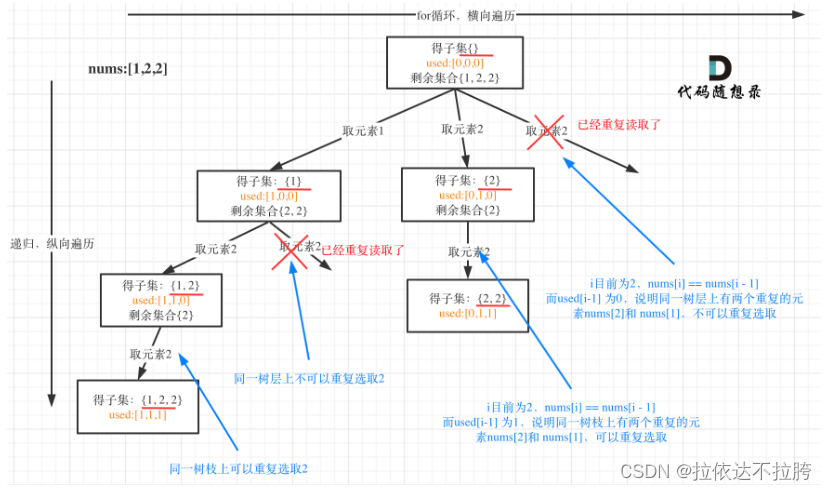






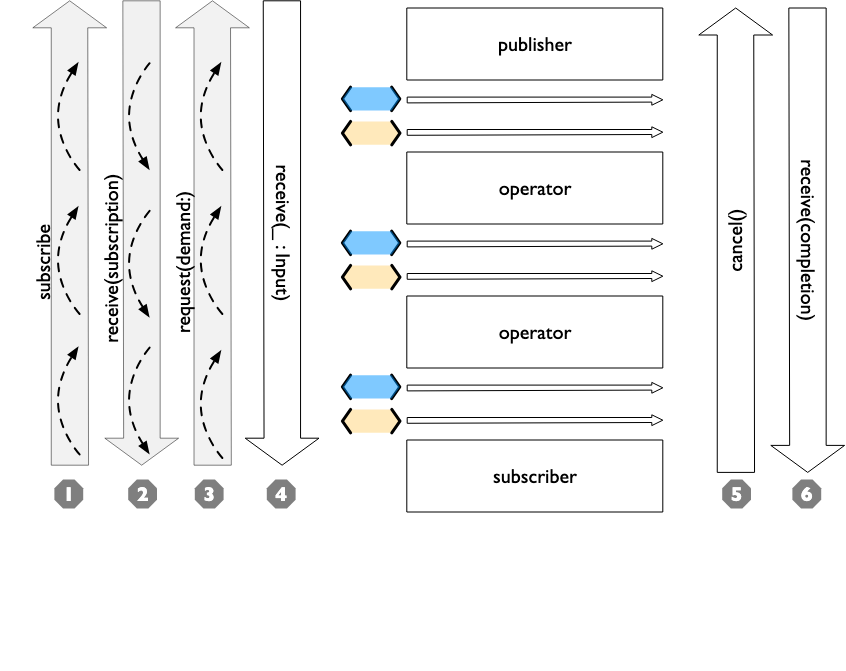
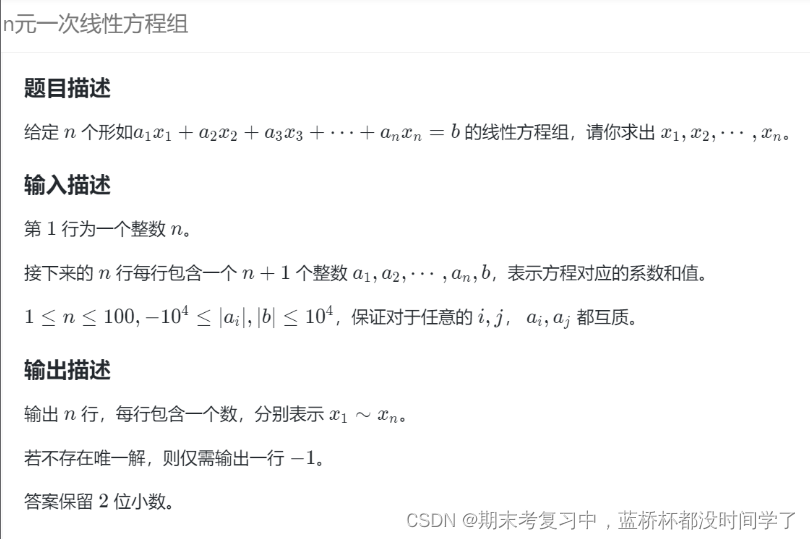
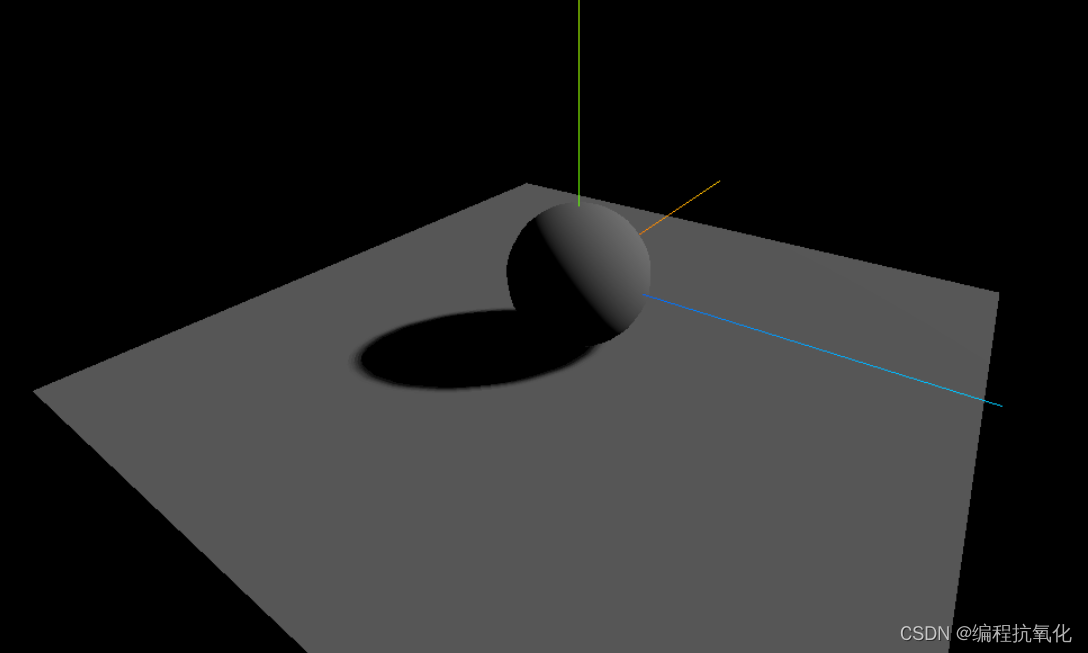
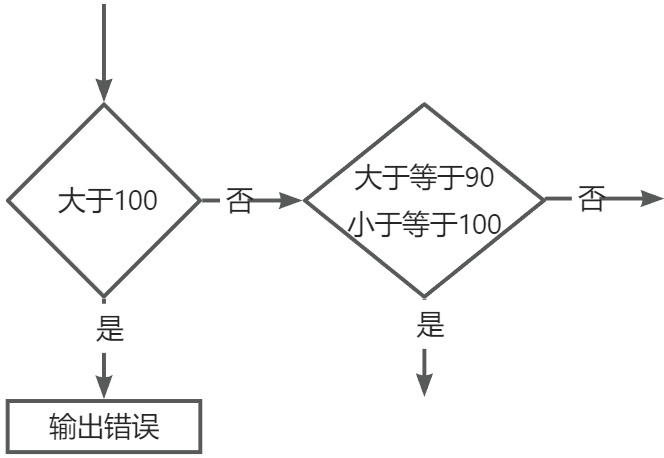
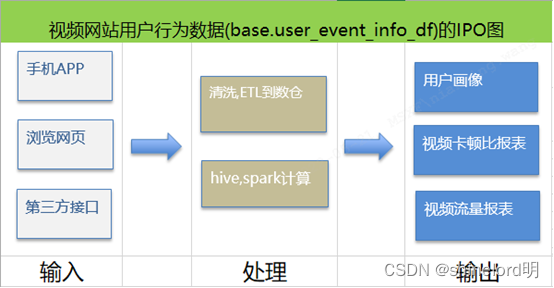
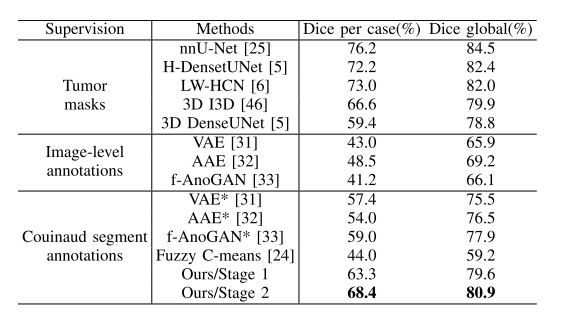
![[Linux开发工具]项目自动化构建工具-make/Makefile](https://img-blog.csdnimg.cn/direct/009748733d144146a5f72a3137987bb8.png)



